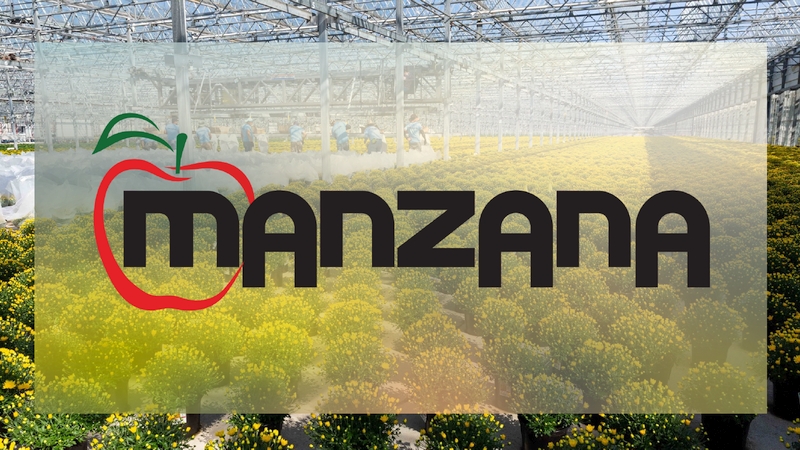Hemp Fiber Materials Have Major Environmental Upside
(EDITOR’s NOTE: This article was submitted to GreenhouseGrower.com by CIHC founder and CEO Robert Ziner. This is an Op-ed article, and it has been edited for length and content. The opinions expressed in this article are the author’s own.)
Every day, you come across a media story addressing concerns over the environment, and one of the biggest issues being addressed in these reports is environmental plastic pollution (EPP).
EPP is the problem caused by oil-based plastic products, which are not recycled and left anywhere outdoors, especially in nature and the oceans, to breakdown into their toxic polymer components over the next 700 years.
Plastic pollution is a growing global problem.
Bio-composite products could have a big impact on this problem. In fact, it could be argued that utilizing hemp fiber to replace a portion of the polymer volume in existing plastic products is the only immediate, low-cost, and practical opportunity to meaningfully impact this situation.
Ziner’s Main Argument
Compounding plastic polymers with a broad range of different natural fibers, including wood, flax, jute, bamboo, and hemp is a proven, viable option to accomplish objective engineering characteristics. It creates a lighter weight, cost-effective material with improved operating characteristics including durability and strength, compared to oil-based plastics.
There have already been significant amounts of bio-composite compounds formulated and converted into marketable products using a broad range of different fillers: both organic, like natural fibers, and in-organic, like fiberglass.
The two principal benefits fillers can provide to plastic production are lower costs and greater strength. But, only hemp fibers deliver both benefits together – as well as being anti-bacterial and environmentally friendly. In addition, hemp fiber is lightweight, which is important in some applications — especially the transportation industries — cars, trucks, ships, and planes.
Some fibers, such as bamboo and sugar cane, offer excellent material characteristics but require chemical processing to be utilized — which is simply not environmentally friendly.
A wide range of polymers have been formulated and compounded with hemp fibers. These materials have already been widely proven in Asia and Europe to compound very well with hemp fibers. Hemp was never illegal in these areas and the hemp industry evolved into a creative, practical solution provider to many markets, including the car industry.
These regions have been able to clearly demonstrate that hemp-based bio-composites are stronger, lighter, and more durable (and more cost effective than oil-based plastics) in most applications. It is also worth noting that bio-composite hemp products can be engineered to utilize up to 40% of fibers, replacing up to 40% of the volume of the oil-based plastic otherwise required.
There are many different polymers being used in various bio-composite applications. At this point, these are mostly proprietary formulations and these markets are carefully guarded to avoid competition. There is a huge opportunity to marry up hemp fiber with PVC, a low cost, widely used polymer that is considered particularly “dirty,” with hemp fibers.
It would not take much for hemp fiber to impact the annual 4.7% growth of oil-based polymers. The only limitation today is that North American thermoplastic producers don’t have the formulations and hemp fiber qualities they need to get it right. We just need to do it.
And the time for us to get it right is now.








